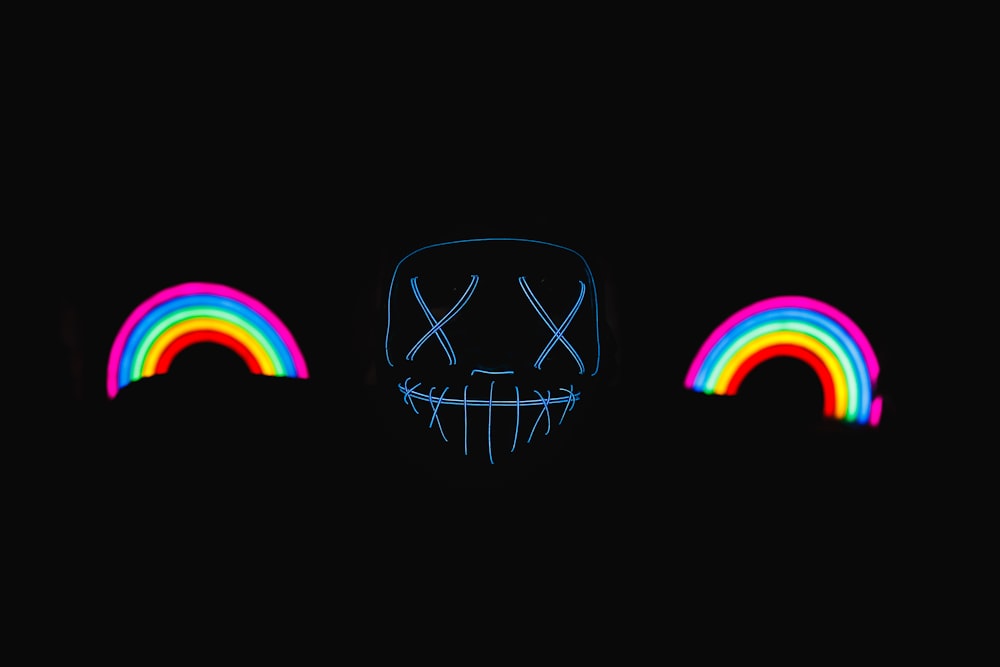Costume Designers’ Vision: Bringing Stories to Life
In the realm of filmmaking and theatrical productions, costume designers play a pivotal role in bringing characters to life. Their vision goes beyond mere clothing; it delves deep into the psyche of the characters, enriching narratives and adding layers of depth. Let’s explore how costume designers transform stories through their creative vision.
Understanding Character Psychology
Costume designers embark on a journey of understanding character psychology before sketching a single design. They analyze the nuances of each character, their background, motivations, and personality traits. This deep dive allows them to create costumes that not only reflect the character’s identity but also contribute to the storytelling process. For example, a costume designer may use color psychology to convey emotions or cultural symbols to establish character origins.
Research and Inspiration
Before bringing their designs to life, costume designers immerse themselves in extensive research and seek inspiration from various sources. They study historical periods, cultural norms, and fashion trends relevant to the story’s setting. This research phase is crucial as it helps designers make informed decisions that align with the narrative’s authenticity and time period. Whether it’s a medieval fantasy or a contemporary drama, meticulous research lays the foundation for compelling costume designs.
Collaboration with Directors and Producers
Costume designers collaborate closely with directors, producers, and other key stakeholders to ensure cohesive storytelling. They participate in creative discussions, interpret scripts, and align their vision with the overall artistic direction of the project. This collaborative approach fosters synergy and ensures that costumes seamlessly integrate with the visual aesthetics and thematic elements of the production.
Fabric Selection and Craftsmanship
Once the designs are finalized, costume designers carefully select fabrics and materials that enhance the visual appeal and functionality of the costumes. They consider factors such as texture, drape, durability, and comfort for the actors. Skilled craftsmanship is then employed to bring these designs to fruition, whether through intricate embroidery, pattern-making, or innovative construction techniques. The goal is to create costumes that not only look stunning on screen but also support the actors’ performances.
Attention to Detail
Detailing is where the magic happens in costume design. From hand-painted motifs to custom accessories, every element is thoughtfully crafted to enrich the character’s narrative. Accessories like jewelry, shoes, and props are chosen with precision, adding authenticity and depth to the overall look. Costume designers pay meticulous attention to every stitch and embellishment, ensuring that each costume tells its own story within the larger narrative.
Adaptability and Problem-Solving
During production, costume designers must remain adaptable and agile in their approach. They address last-minute changes, unforeseen challenges, and actor feedback with grace and creativity. Whether it’s altering a costume for a specific scene or sourcing replacements on short notice, their problem-solving skills are put to the test to maintain continuity and visual coherence throughout the production.
Impact on Characterization and Audience Perception
Ultimately, the work of costume designers has a profound impact on characterization and audience perception. Well-crafted costumes not only enhance the actors’ performances but also immerse viewers in the story’s world. Audiences connect with characters through their visual representation, forming emotional bonds and gaining insights into their journey. Costume designers, through their visionary approach, bridge the gap between fiction and reality, making stories resonate on a deeper level.
The Legacy of Costume Designers
As the credits roll and the curtain falls, the legacy of costume designers endures. Their contributions to storytelling extend beyond the screen or stage, leaving an indelible mark on cinematic and theatrical history. Through their vision, creativity, and dedication, costume designers continue to bring stories to life in captivating and memorable ways. Read more about Costume design




